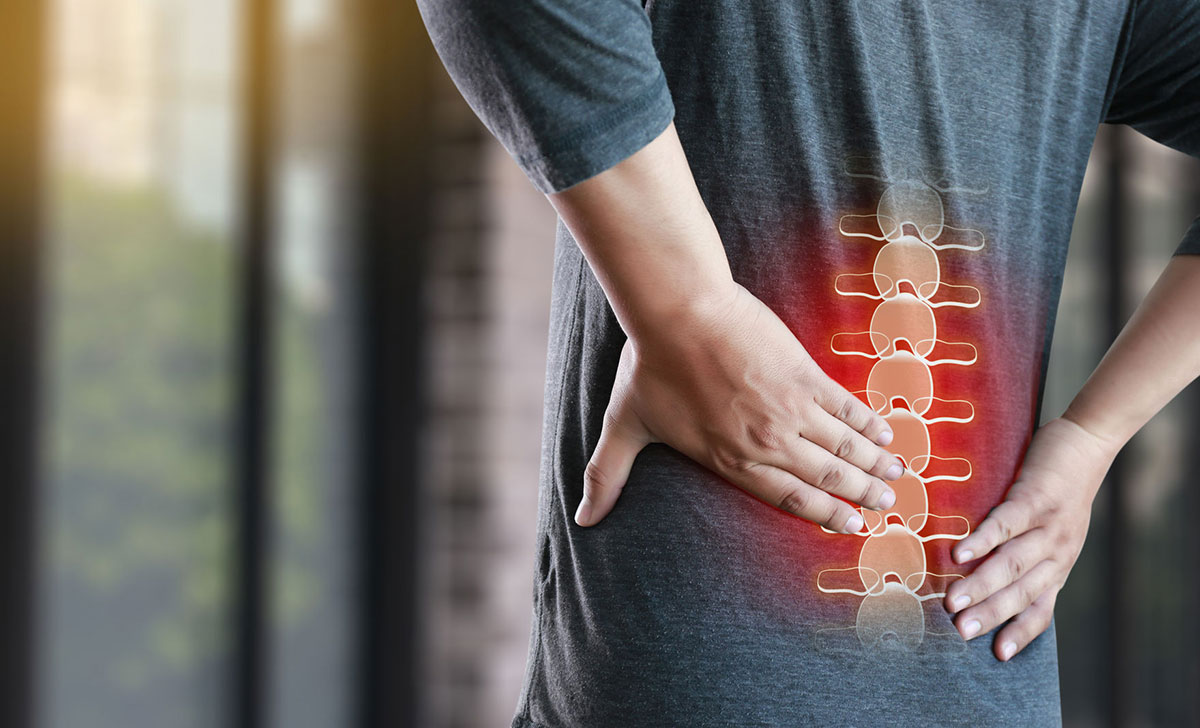Chronic back pain caused by degenerating intervertebral discs worsens the quality of life for almost 40% of adults. Besides painful and obstructed movement, degenerative disc disease, if not treated, can result in nerve compression and inflammation in vertebral bodies.
According to studies, stem cells have the potential to slow down disc degeneration and even, in some cases, prevent it. This article reveals a prospective view on stem cells for degenerative disc disease in 2022.
What is degenerative disc disease?
Spinal discs are elastic pads between vertebrae in the human spine. They make our back flexible and protect vertebrae from damaging one another. When we get older, these discs wear out. It doesn’t mean each person gets degenerative disc disease.
Degenerative disc disease (DDD) occurs when worn-out spinal discs become so thin that the pressure in the spine increases, leading to cracks and fractures in the discs.
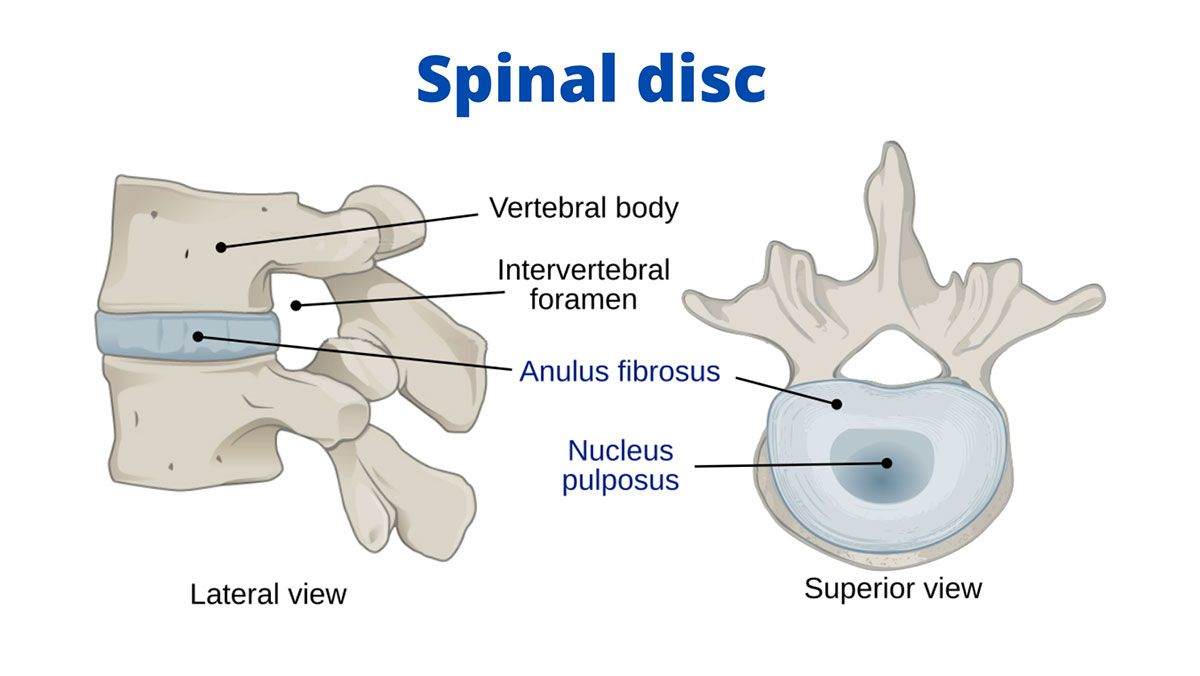
Why does DDD cause back pain?
Spinal discs have two main building blocks: elastic core (Nucleus pulposus) and tough outer membrane (Annulus fibrosus). In childhood, discs are gel-like and have a good blood supply. With aging, the discs lose direct blood supply, slowly dry out and decrease shock absorption capabilities. Reduced padding between vertebrae may cause back pain and increase the risk of injuries.
The outer membrane of spinal discs contains nerves. Cracks and ruptures in the membrane due to excessive pressure, the stress of daily movements, or spinal traumas can damage nerves and cause back pain. The softcore of the disk may leak out through fractures causing intervertebral hernia or disc displacement. It can disrupt nerves nearby.
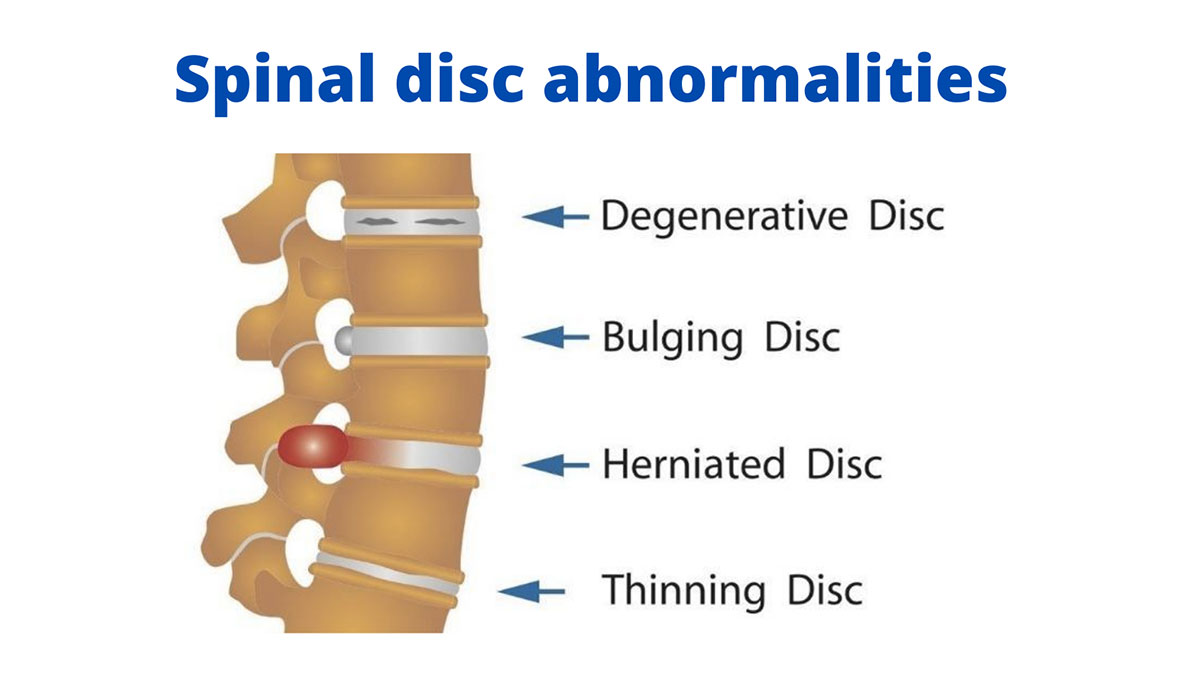
What are the symptoms of DDD?
DDD doesn’t occur in each person older than 40 years. The condition can develop due to lifestyle factors and the overall state of your health. Among the risk factors of DDD are the following:
- musculoskeletal issues in family history,
- regular overexertion of the lower back due to sports, physical work, or heavy lifting,
- poor posture and sedentary lifestyle,
- past spine injury,
- lack of blood supply for the spine due to underdeveloped back muscles,
- excessive weight,
- smoking.
The spine is a very fragile system. Muscle tension, sharp movements, or improper exercise can irritate the nerves and cause inflammation. Even if you aren’t at risk of developing DDD, it is still worth learning the basic symptoms of this condition.
Any disc in the spine can suffer a disruption. However, discs in the lower back are mostly at risk. Lumbar degenerative disc disease occurs in more than 50% of cases. Such vulnerability is explained by the mobility of the lumbar vertebrae and the increased pressure of body weight on them.
The symptoms of lumbar DDD include:
- constant pain in the lower back,
- the pain radiates to the thighs and buttocks,
- the pain worsens when you sit, twist or bend,
- changing the body position decreases painful feelings.
Degenerative disc disease diagnosis
When patients complain about back pain, physicians review their medical history first. Medical history reveals information on patients’ past injuries, sports activities and sleep habits, genetic predisposition, and current symptoms. The medical survey is accompanied by a physical exam to assess spine strength and motion capabilities. Palpation and movement tests help physicians define the location and the reason for pain.
In most cases, primary care physicians can diagnose DDD using the above-mentioned methods. However, some cases require more precise analysis. The physician may order an X-ray or MRI scan to define the precise location of degeneration. Imaging tests are useful to assess the hydration of spinal discs or when the patient needs surgery.
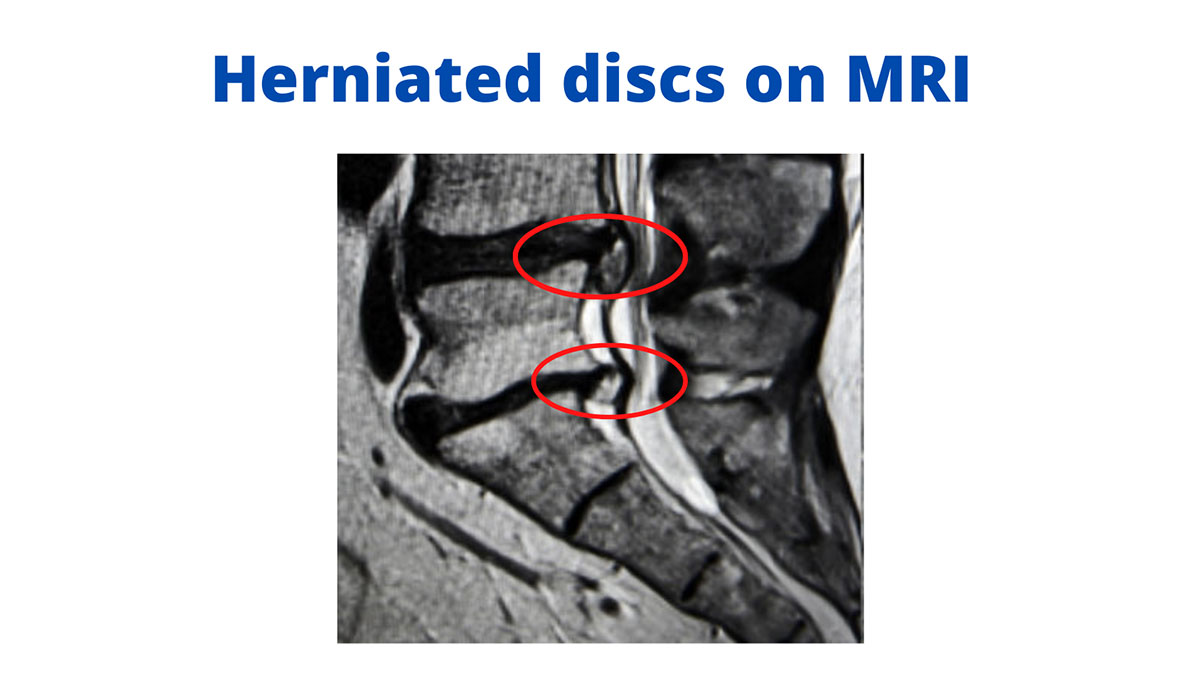
Traditional therapy for degenerative disc disease
Traditional therapy for degenerative disc disease focuses on pain relief and improving spine mobility or stabilization. The most common therapies for DDD are the following:
- Over-the-counter painkillers. Such pain drugs as Aspirin and Ibuprofen decrease inflammation and reduce swelling, which provides temporary pain relief.
- Physical therapy. Doing specific exercises to restore spine mobility and improve back muscles is a must for treating DDD. It can be used in combination with massage therapy.
- Muscle relaxants. If OTC medication doesn’t help, the therapist may prescribe muscle relaxants to force the patient’s body to decrease tension on affected nerves.
- Steroid injections. Steroid shots contain strong painkillers that can decrease inflammation and swelling. The physician may prescribe epidural injections to help patients with acute pain undergo physical therapy with less pain.
In most cases, pain medications in combination with physical therapy provide long-term pain relief, but the degeneration may not stop. When the disc is severely damaged or it’s herniated, a surgical operation is performed. A surgeon may remove the part of the damaged disc, change the whole disc with an artificial one, or fuse vertebrae after the disc removal.
New treatments for back pain in 2022
Traditional medicine still doesn’t know how to stop the degeneration of spinal discs. Medications and physical therapy decrease back pain, but patients still might undergo surgery in the long-term perspective. Unfortunately, surgery may cause side effects and cause secondary degenerative issues.
However, scientists research new treatments for the degenerative disc that involve less to no intervention. Modern DDD treatments include:
- Lumbar disc microsurgery. Microdiscectomy is a surgical procedure that involves a minimal intervention to remove the herniated part of the spinal disc. Surgeons use microscopes to put small surgical instruments into the poke-hole incision and remove the part of the disc that irritates nerves. Such a procedure has fewer risks to disturb other spine elements and allows patients to recover faster.
- Percutaneous disc decompression. This procedure is used when the disc starts to bulge. A surgeon makes a tiny puncture into the disc and uses a decompressor to remove the nucleus tissue. As a result, the bulge is reduced in size and the pressure on nerves is relieved.
- Non-surgical spinal decompression. The procedure involves specially designed machines that stretch an affected area, releasing the pressure on the discs. As a result, discs rehydrate and take their primary position.
Stem cell treatment for low back pain
Stem cell therapy gains its popularity in treating severe and even incurable conditions, including DDD. Unlike the above-mentioned new procedures for the degenerative disc, stem cell therapy embraces a regenerative approach to treating disc degeneration.
Stem cells are building cells that can be reprogrammed to transform into cells of different types and regenerate affected tissue.
A systematic review of animal-controlled studies revealed that stem cell transplantation in spinal discs doesn’t cause adverse effects and stops disc degeneration. Twenty-two studies in animals provide evidence that stem cells:
- increase disc height index,
- boost the expression of type II collagen,
- reduce disc degenerative grade.
A randomized controlled clinical trial in humans conducted in 2017 reported improved DDD based on Pfirrman degeneration grade. Twenty-four patients with lumbar DDD were divided into two groups. The first one received bone marrow mesenchymal stem cell injections, and the second one received a placebo. One-year follow-up, including assessing pain and mobility, as well as controlling disc quality with MRI has shown improved disc quality and pain relief.
A systematic review of clinical trials in humans mentions 6 completed studies that provide evidence of stem cell effectiveness in reducing back pain and spinal disc core regeneration. Current studies are aimed to establish stem cell therapy safety and efficacy for degenerative disc disease.
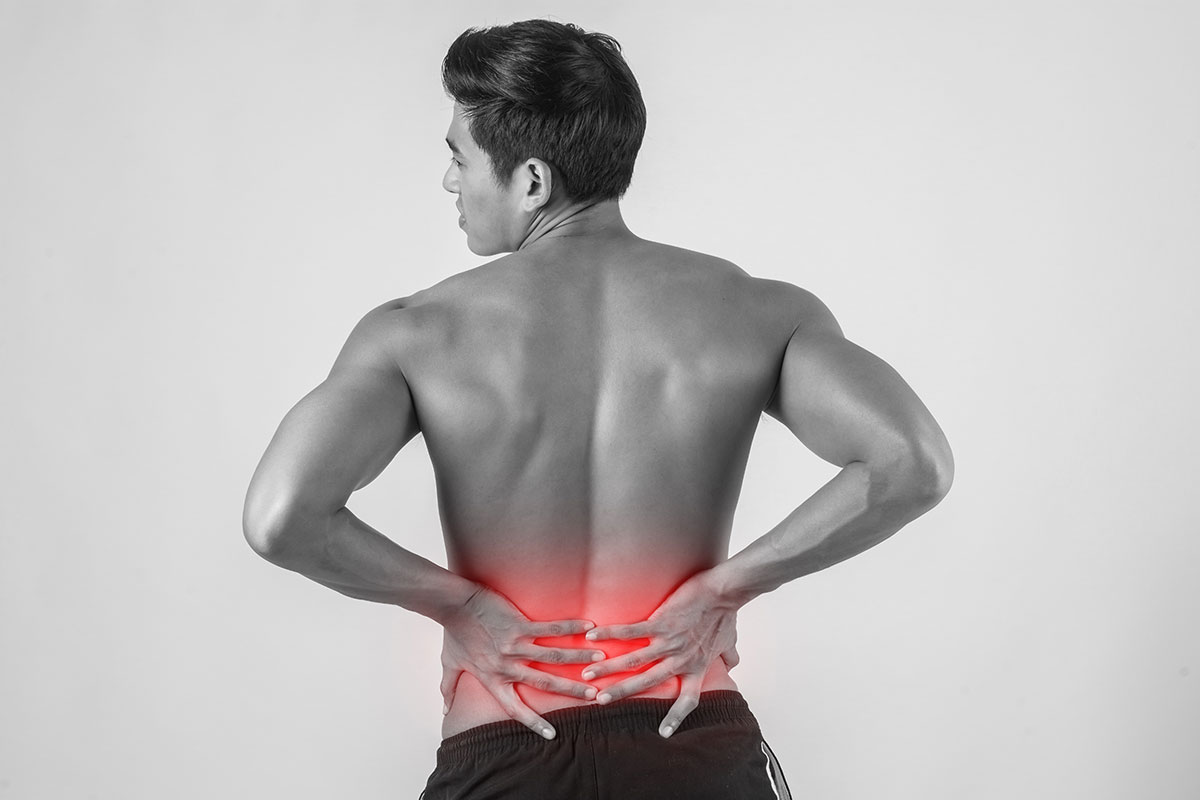
Stem cell therapy has less to no risk of allergies or rejection, as the cells are harvested from the patient’s own tissue. The therapy decreases the risk of side effects caused by painkillers or steroids because stem cells manage pain and decrease inflammation in affected areas.
How is stem cell transplantation provided?
Stem cell transplantation doesn’t involve surgical intervention. Before the patient receives a stem cell injection, a therapist conducts lab tests and diagnostics to analyze the patient’s overall health. Then the therapist takes tissue samples from a patient to process and prepare stem cells for transplantation. After that, stem cells are transplanted into the soft core of the spinal disc via injection.
To provide effective treatment, stem cell therapy providers should use:
- MRI to define precise disc location,
- precision guidance for the implantation process,
- quality stem cell products,
- sterile conditions for the procedure.
If you’re interested in using stem cell therapy for treating degenerative disc disease, we recommend choosing a clinic fully focused on providing specific stem cell treatments. You should avoid clinics that offer blinded or X-ray-guided stem cell transplantation. If the stem cells aren’t aimed exactly at the disc core, the therapy may not have the desired effect.
Living life without a chronic pain
Chronic back pain limits our life potential. We can’t do some kinds of sports and enjoy physical activity, and each day we lose vital energy when enduring constant pain. Degenerative disc disease is one of the common reasons for back pain.
Today traditional medicine offers pain relief using painkillers and physical therapy. Some chronic and acute conditions require surgical intervention to alleviate pain. However, the scientific community puts hope on new procedures for degenerative disc disease, and stem cell therapy is one of them.
Stem cell therapy is a regenerative medicine aimed to restore damaged tissue, provide pain relief, and decrease inflammation in affected areas of the spine. Several studies confirm its effectiveness in treating DDD, and more research is going on.
If you want to learn more about stem cell therapy for back pain relief, contact our experts. Our professional therapists are going to address all your concerns and help you choose the best treatment options.

